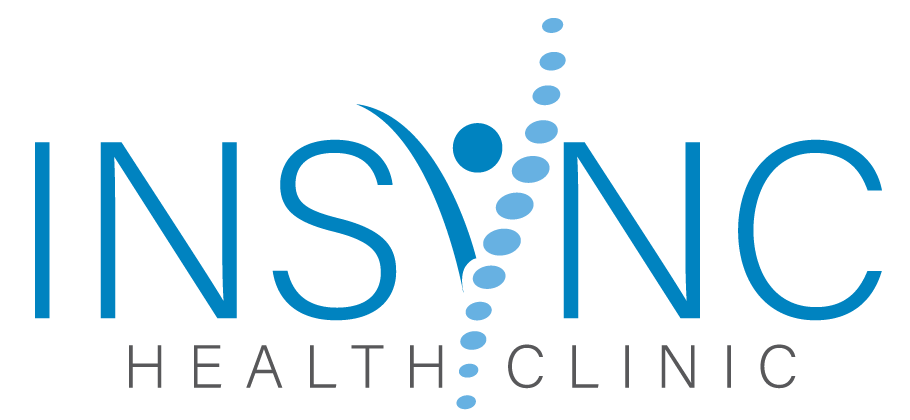Shoulder Dislocation
Also known as Anterior G/H instability, may be traumatic as a result of anterior dislocation or subluxation (popping out then in again). The A-traumatic type of abnormality is common in people with capsular laxity (looseness), repeated overhead activity i.e. baseball pitchers and javelin throwers.
You may experience a dead arm along with the shoulder pain at the time of the injury. Dead arm effect is caused by traction or impingement of the neurovascular structures causing transient numbness and weakness of the arm.
It is extremely important to immobilise the shoulder girdle – get in a sling! This will ensure that the anterior gleno-humeral ligament heals in a tight tense manner. This will maximise outcomes of the rehabilitation and reduce the risk of future instability episodes. It may be useful to get a scan at the time of the incident as damage to the socket and arm bone can occur.
When the sling is removed, initial acute therapy is performed to reduce muscle tightness, scar tissue and improve ROM. Once this has been achieved, it is much like the rehabilitation of the shoulder impingement as mentioned above. The difference from person to person is the level of the rehab that an individual commences The intensive rehabilitation involves strengthening of the dynamic stabilisers (rotator cuff muscles) and the scapula stabilising muscles with particular emphasis on the muscles opposing the direction of instability.
